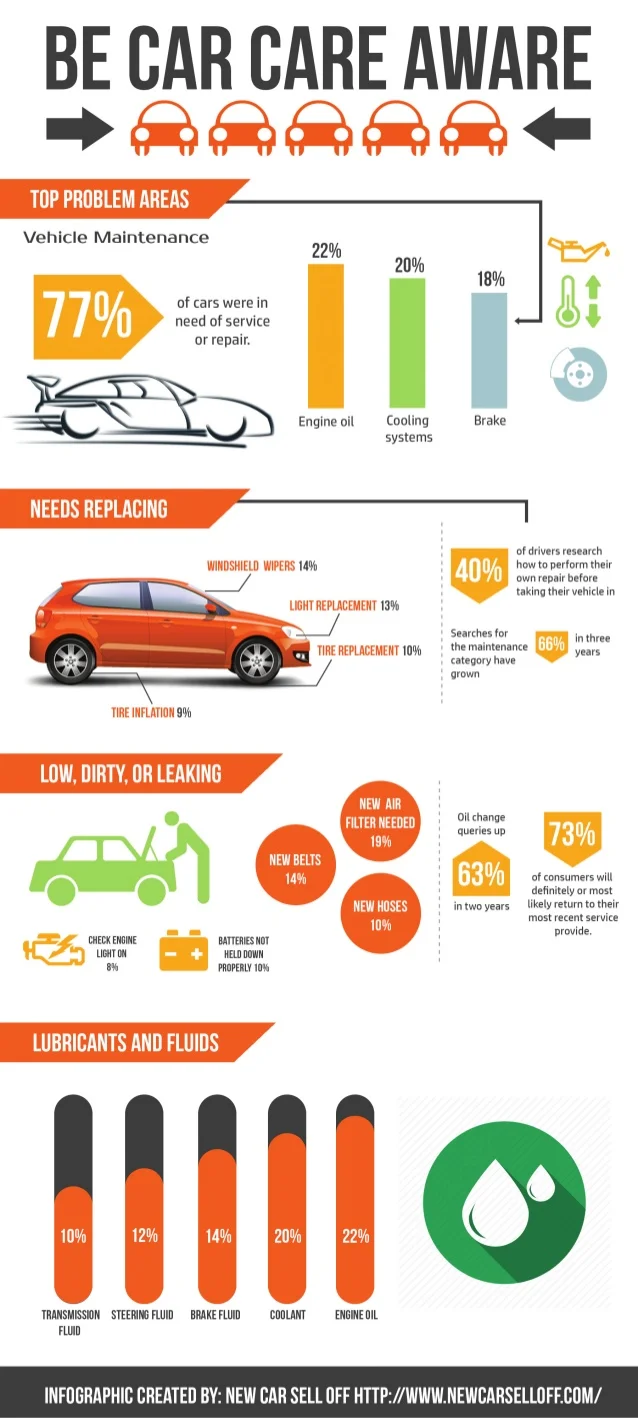Wondering Regarding The Significance Behind Those Control Panel Warning Lights? Gain Insights Into Their Implications For Your Vehicle'S Safety And Security And Upkeep
Wondering Regarding The Significance Behind Those Control Panel Warning Lights? Gain Insights Into Their Implications For Your Vehicle'S Safety And Security And Upkeep
Blog Article
Short Article Produced By-Higgins Corbett
When you're behind the wheel, those beautiful warning lights on your dashboard can be a little bit perplexing. Do you recognize what they're attempting to tell you regarding your auto's wellness? Recognizing the value of these lights is vital for your safety and security and the longevity of your car. So, the next time among those lights appears, wouldn't you intend to analyze its message precisely and take the needed steps to resolve it?
Common Warning Lighting and Interpretations
Identify typical warning lights in your car and comprehend their significances to guarantee safe driving.
One of the most normal caution lights consist of the check engine light, which signifies issues with the engine or emissions system. If this light begins, it's critical to have your lorry checked without delay.
The oil stress advising light shows low oil pressure, needing immediate interest to prevent engine damages.
A flashing battery light might suggest a malfunctioning charging system, potentially leaving you stranded otherwise addressed.
The tire stress surveillance system (TPMS) light informs you to reduced tire pressure, affecting car security and fuel performance. Overlooking this can cause hazardous driving conditions.
The abdominal muscle light shows a trouble with the anti-lock braking system, jeopardizing your capacity to stop swiftly in emergency situations.
Finally, the coolant temperature level cautioning light warns of engine overheating, which can cause serious damage if not solved swiftly.
Understanding these usual warning lights will aid you attend to issues immediately and keep risk-free driving conditions.
Relevance of Prompt Attention
Understanding the usual warning lights in your car is just the primary step; the value of without delay attending to these cautions can't be emphasized enough to ensure your security on the road.
When a warning light brightens on your control panel, it's your car's method of interacting a potential issue that needs focus. Disregarding these warnings can lead to a lot more serious issues in the future, jeopardizing your safety and security and possibly costing you much more out of commission.
Trigger attention to cautioning lights can prevent malfunctions and mishaps. For example, a flashing check engine light could suggest a misfire that, if left neglected, can create damages to the catalytic converter. Addressing https://www.californiademocrat.com/news/2022/mar/30/small-town-car-repair-makes-services-available-at/ can save you from a costly repair work.
Similarly, a brake system cautioning light could indicate low brake liquid or worn brake pads, vital components for your safety when driving.
Do It Yourself Troubleshooting Tips
If you discover a warning light on your dashboard, there are a few do it yourself troubleshooting pointers you can try before seeking expert assistance.
The initial step is to consult your vehicle's manual to recognize what the specific caution light indicates. Sometimes the issue can be as straightforward as a loosened gas cap setting off the check engine light. Tightening up the gas cap might deal with the trouble.
Another common concern is a reduced battery, which can set off different alerting lights. Checking the battery connections for deterioration and guaranteeing they're protected may take care of the problem.
If a warning light continues, you can try resetting it by detaching the cars and truck's battery for a few mins and then reconnecting it. Additionally, inspecting your automobile's liquid levels, such as oil, coolant, and brake liquid, can help troubleshoot cautioning lights associated with these systems.
Verdict
In conclusion, comprehending your auto's caution lights is necessary for keeping your car running smoothly and safely. By promptly resolving these notifies and understanding what they mean, you can prevent costly fixings and possible malfunctions.
Keep in simply click the next web page to consult your cars and truck's handbook for specific information on each advising light and take action accordingly to ensure a trouble-free driving experience.
Remain informed, remain risk-free on the road!
